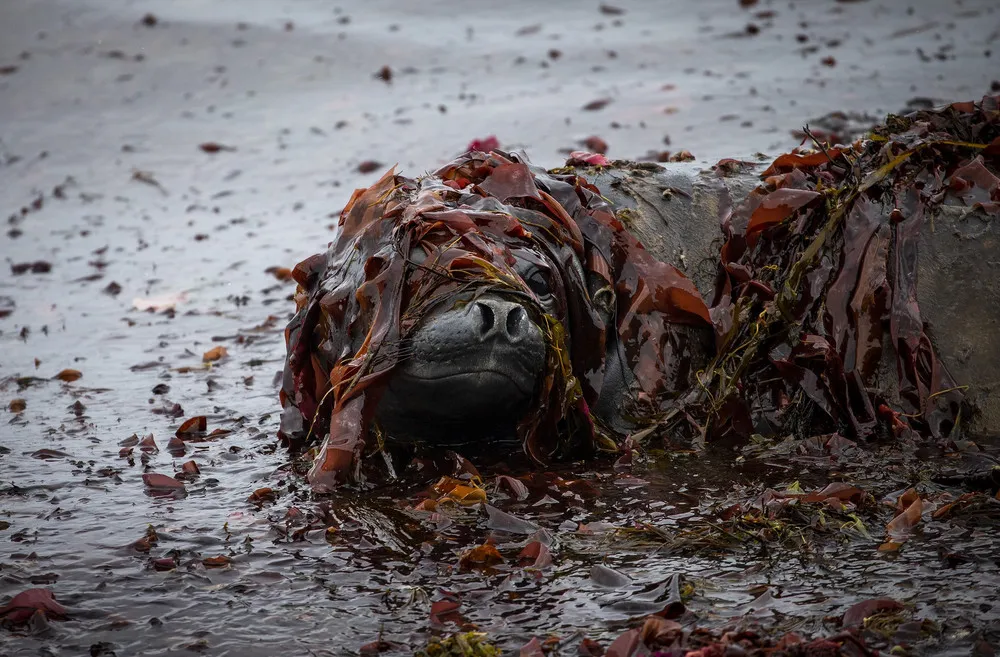|
An Elephant seal, the largest species of seal family is seen on King George Island, Antarctica on February 6, 2019. Turkey organized National Science Antarctica expedition for the 3rd time. Antarctica has been attracting scientific research teams and explorers with its challenging geography and nature throughout the history. Besides its attractiveness the continent is the world's coldest, most windy and arid place. For these reasons bases established here are allowed only for scientific research. The continent, which is not under the rule of any country, is called the continent of science and peace. 98 percent of the continent is covered almost entirely by ice that averages about a mile (1.6 kilometers) thick where 67 percent of the freshwater source on earth is found. During the winter season, sea ice fields covering about 18 million square kilometers, fall approximately 2 to 3 million square kilometer in the summer. The untouched nature of Antarctica is of great importance for the future of the world. The live water resources of the continent and the water potential in the glaciers are seen as the future water and food security of earth. Antarctica is the only continent on Earth without indigenous human inhabitants It only hosts various animals such as penguins, seals, whales and birds. The Antarctic Treaty, which was signed in 1959 when 53 countries were a party, allowed only bases with scientific studies and research to be active on the continent. There are about 100 scientific bases of 30 countries on the continent. (Photo by Ozge Elif Kizil/Anadolu Agency/Getty Images)
|

